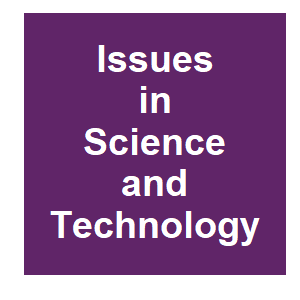Socrates Untenured: Ethics, Experts, and the Public in the Synthetic Age

|
C. Preston,
ISSUES in Science and Technology,
2020.

Three tools have transformed biotechnology over the past decade and a half. Gene reading has made it possible to quickly sequence the genome of any living creature. Gene synthesis has made it possible to construct DNA sequences in the lab from constituent chemicals. Gene editing has made it possible to place those sections into an existing DNA sequence at any point a technician chooses. Having these tools at your fingertips transforms how you look at the living world. Organisms are no longer strictly limited by their genetic inheritance. They can be altered, redesigned, and made to do new work. With these technologies, the living world can look more like a self-sustaining, self-maintaining tool for human use than it has ever looked before. The technicians working with these tools might be driven by their determination to solve problems, by visions of societal good, or simply by their desire for riches beyond imagination. J. Craig Venter, one of the scientists at the center of the development of these technologies, likes to say that the world’s first trillionaire will be the person who designs and markets a globally useful bacterial organism. The idea of self-maintaining, biodegradable tools made from organic materials has plenty of appeal. As a result, synthetic biology is booming. Around the edges of this field lie some truly radical possibilities.
More related to this: Gene Drive for Mosquito Control: Where Did It Come from and Where Are We Headed? Gene drive: Evolved and synthetic Gene drive: progress and prospects A synthetic sex ratio distortion system for the control of the human malaria mosquito A synthetic homing endonuclease-based gene drive system in the human malaria mosquito |



